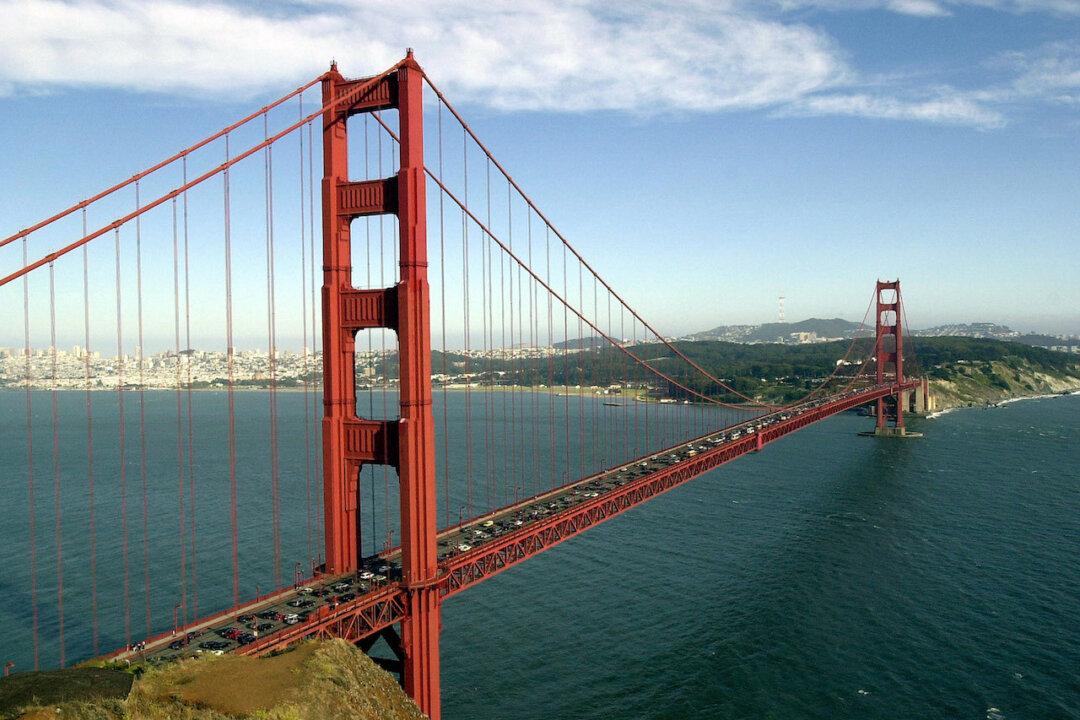News Analysis
San Franciscans started to feel the effects of a massive exodus starting with the COVID-19 pandemic and continuing as crime skyrockets.

San Franciscans started to feel the effects of a massive exodus starting with the COVID-19 pandemic and continuing as crime skyrockets.